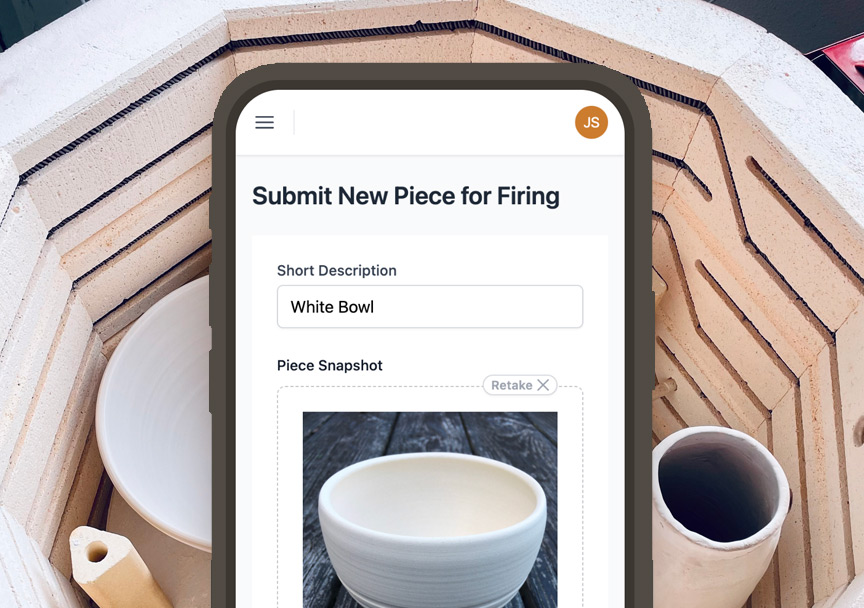Porcelain and terracotta represent two ends of the spectrum when it comes to firing temperatures for ceramics. Porcelain's high heat firing produces hardness and translucency, while terracotta clays can be fired at much lower temperatures to retain earthy qualities. What are the ideal heat treatment ranges for these two classic clays?
Porcelain derives its bright white color and glass-like qualities from firing up to incredibly high temperatures - usually around 2300°F or higher. This causes the porcelain to fully vitrify, meaning the silica and alumina compounds fuse into a solid mass. Vitrification gives porcelain its signature translucency, density, and mechanical strength.
However, the exact porcelain firing temperature depends on the clay body composition and the kiln type. Typical porcelain firing ranges are:
- Cone 10-11 for oxidation firing: 2350-2390°F
- Cone 12-13 for reduction firing: 2406-2446°F
These ultra-hot temperatures ensure the porcelain body becomes fully vitrified and glass-like. Lower peak temperatures can lead to porosity or weakened porcelain.
Terracotta clays, on the other hand, are meant to retain their porous, earthen qualities. Terracotta is fired at much lower temperatures, typically between 1700-2100°F. This allows the clay to harden while still preserving its warm terracotta color and slightly coarse texture.
Typical terracotta firing temperature ranges are:
- Cone 04-06 for oxidation: 1945-2165°F
- Cone 08-10 for reduction: 2134-2345°F
These temperatures are hot enough to harden the clay permanently but not so high that the material vitrifies and loses its distinctive terracotta look and feel.
The optimal firing temperature depends on:
- The makeup of the clay body - Some terracotta clays are formulated for higher heat.
- Firing technique - Reduction firing allows higher peak temps.
- Desired surface effects - Higher firing temp darkens terracotta.
- Intended use - Tableware may need more durable clay.
There is an overlap in the higher-end terracotta and lower-end porcelain ranges. Firing a clay body past its ideal temperature can have adverse effects. Terracotta can bloat, warp, or become glassy.
Tips for firing porcelain:
- Use a kiln sitter or cones to ensure peak temperature is reached. Under-fired porcelain lacks translucency.
- Cautiously preheat and cool porcelain to prevent warping with its high thermal expansion.
Tips for firing terracotta:
- Test-fire new terracotta clays at multiple temperatures to choose the ideal cone temperature
- Firing in oxidation-reduction can darken terracotta excessively
- Bisque fire before glazing to prevent bloating or scumming
Mastering the ideal firing ranges allows ceramics artists to produce flawless porcelain and vibrant terracotta pieces. Adjusting time and temperature in the kiln is an essential skill.


